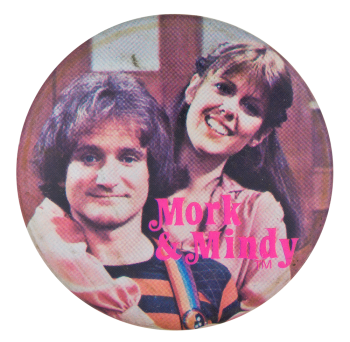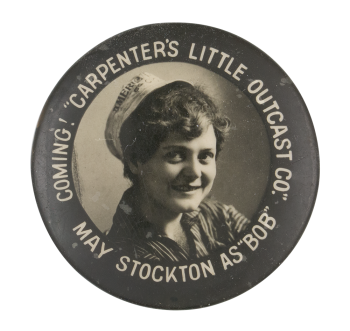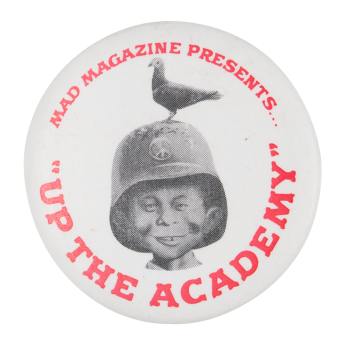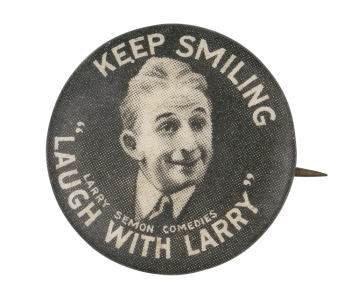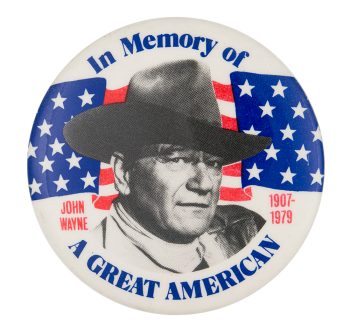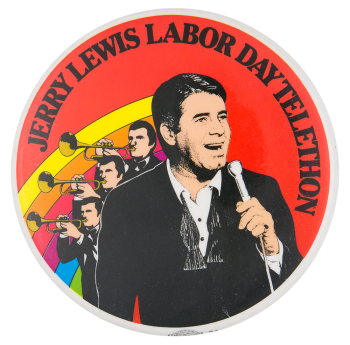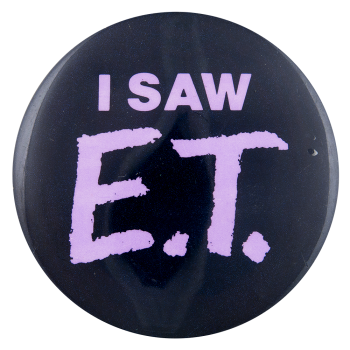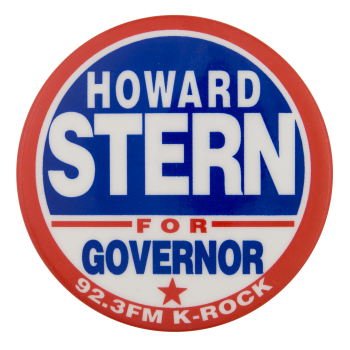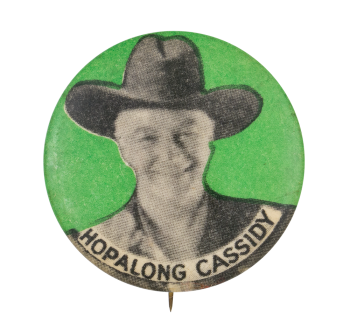Mork From Ork with Can
| Category | |
|---|---|
| Additional Images | |
| Sub Categories | |
| Text on Button | Mork from Ork |
| Image Description | Photograph of Robin Williams sitting on a couch with a beer can and a wet face. |
| Curl Text | © 1979 Paramound Pictures Corp. -TM designates a tradmark of P.P.C. |
| Back Style | |
| The Shape | |
| The Size | |
| Year / Decade Made | |
| Additional Information | Mork & Mindy (1978-1982), a TV sitcom series starring Robin Williams, was a spin-off of the long-running sitcom Happy Days. Williams' quirky character, Mork, is an extra-terrestrial deported from his home planet Ork because humor is not permitted there. Once on Earth, Mork’s assignment is to study human behavior and he does so with abandon and reflection. WIlliams, known for his unique brand of humor, played Mork opposite Pam Dawber as Mindy, his human friend and roommate (whose father owned a music store). Mork & Mindy is credited with being the vehicle that made Williams a household name in the United States. But despite initial acclaim, the series’ ratings steadily declined due to time-slot, plot & cast changes until its cancelation just four years later. |
| Catalog ID | EN0031 |



